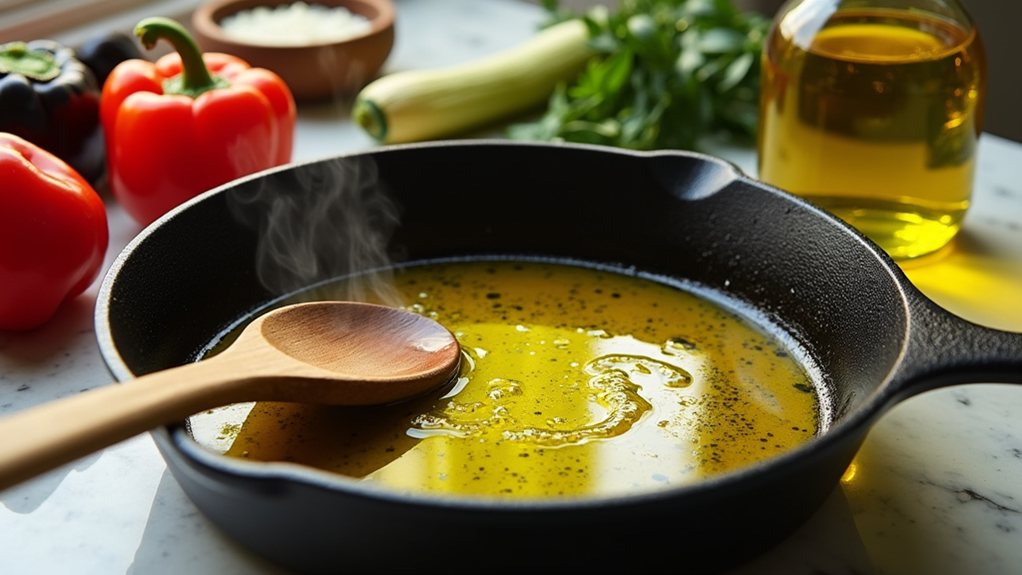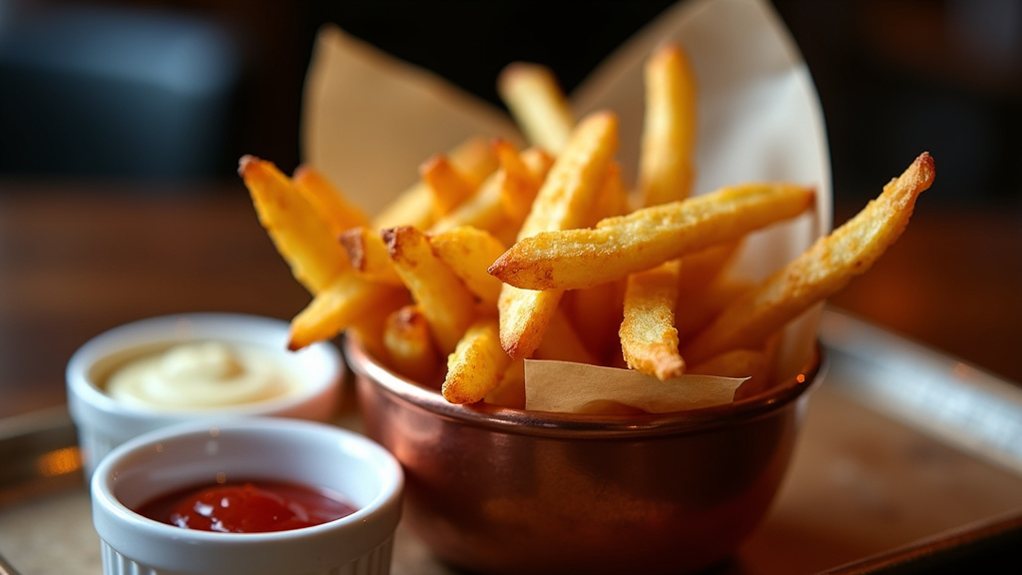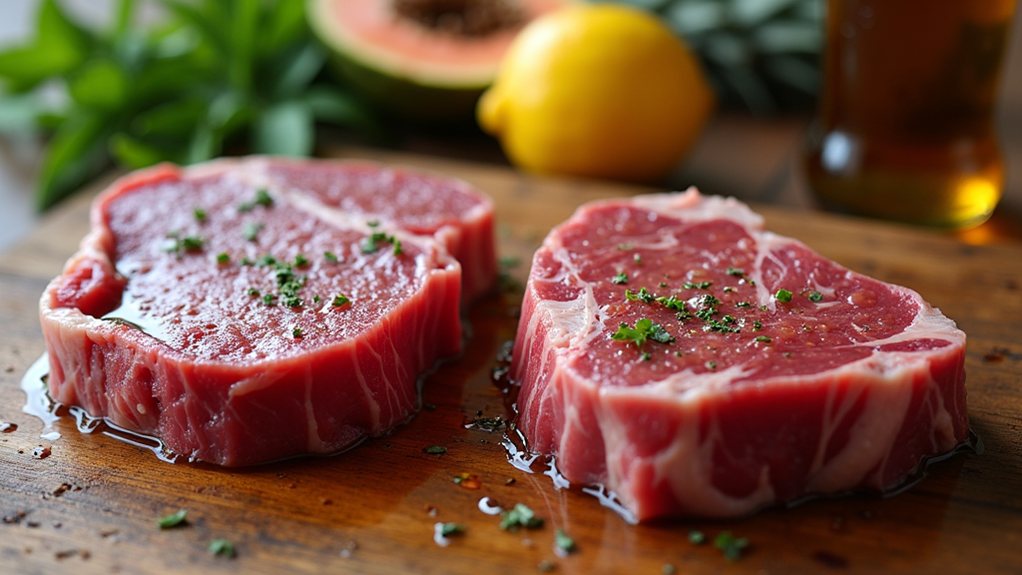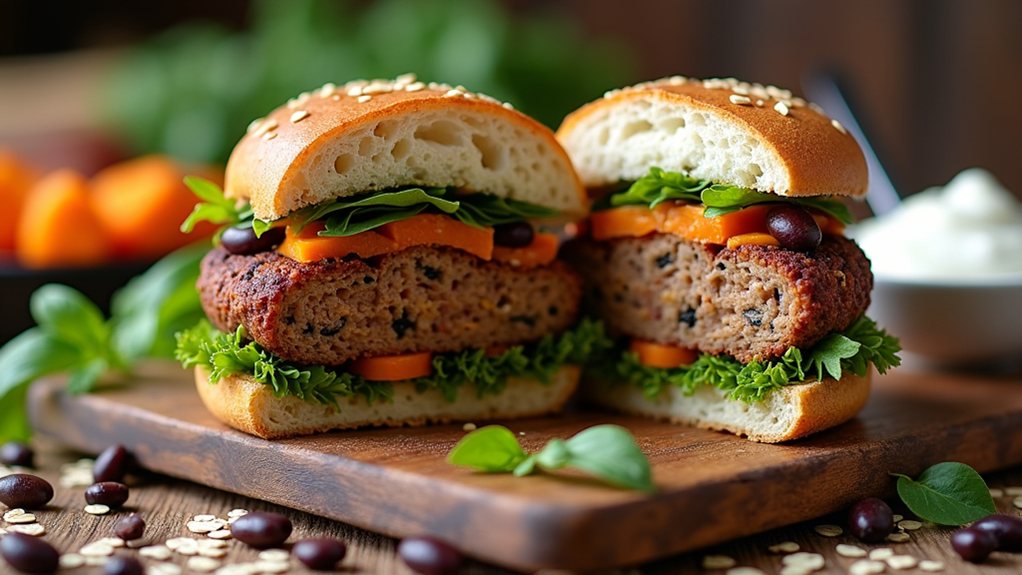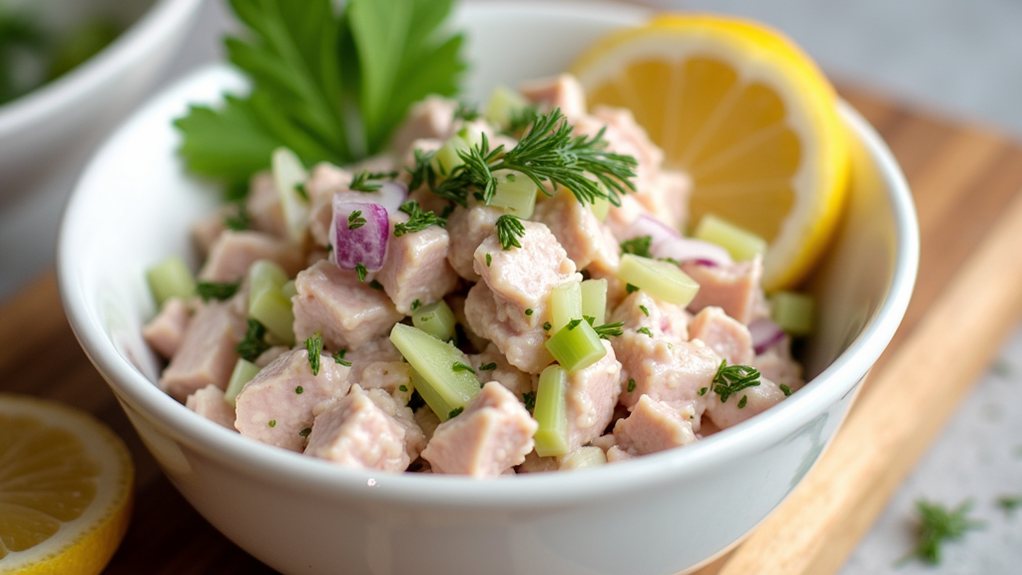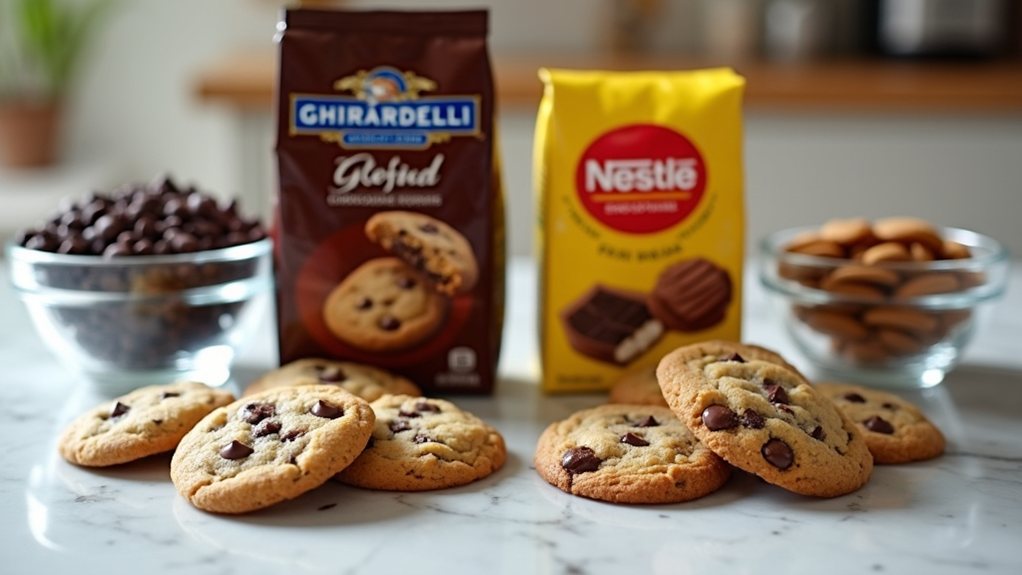Extra virgin olive oil’s role in the kitchen has sparked debate among culinary experts for decades. Many chefs avoid it for frying, citing its relatively low smoke point and distinctive flavor as potential drawbacks. However, recent research suggests this premium oil maintains its nutritional integrity under heat better than previously thought, while imparting rich, complex notes to foods. The Mediterranean tradition of frying with olive oil dates back centuries, challenging modern cooking conventions. What if everything we’ve been taught about high-heat cooking oils needs reconsideration?
The Health Benefits of Frying With Olive Oil

Many home cooks have shied away from using extra virgin olive oil for frying, believing it unsuitable for high-heat cooking methods due to persistent misconceptions about its smoke point. This culinary debate continues to divide professional chefs worldwide, with some accepting olive oil’s versatility while others remain skeptical of its performance under high heat.
The truth about extra virgin olive oil’s smoke point is more nuanced than commonly believed, as it actually ranges between 190°C and 220°C, making it perfectly suitable for most frying applications. This temperature range accommodates diverse cooking techniques without degrading the oil’s beneficial properties, contrary to popular belief.
Chefs who have experimented with olive oil frying often find that it maintains its stability better than expected, while imparting distinctive flavor notes that improve the finished dish. Extra virgin olive oil’s healthy fats contribute to creating a silkier texture in food, similar to its effect when added to beverages like coffee.
What’s particularly interesting about frying with olive oil is that it can actually make your food healthier. When vegetables are fried in extra virgin olive oil, they retain more of their natural nutrients compared to boiling, while also absorbing beneficial compounds from the oil itself. The high antioxidant content helps reduce oxidation during the cooking process, potentially decreasing the formation of harmful substances like acrylamide. Just as airlines adjust recipes to enhance flavors at altitude, home cooks can use olive oil’s robust flavor profile to naturally elevate dishes without excessive salt or sugar.
The rich presence of monounsaturated fats and polyphenols in olive oil contributes to its health profile, offering anti-inflammatory properties and cardiovascular benefits that other cooking oils simply can’t match. The antioxidants in EVOO are particularly valuable as they effectively block acrylamide development, a toxic substance that can form during high-heat cooking. Mediterranean cultures have long understood this principle, having historically used EVOO in their everyday cooking for centuries with remarkable health outcomes.
Additionally, properly fried food absorbs less oil when the initial temperature is sufficiently hot, dispelling another common myth about oil-soaked fried foods.
For those willing to break free from conventional cooking wisdom, trying extra virgin olive oil for frying represents a culinary adventure worth taking. The distinctive flavor it adds to dishes, combined with its unexpected stability and health benefits, might just convert even the most traditional cooks.
Perhaps it’s time to set aside outdated kitchen rules and welcome the liberation that comes with olive oil’s sizzling potential.
